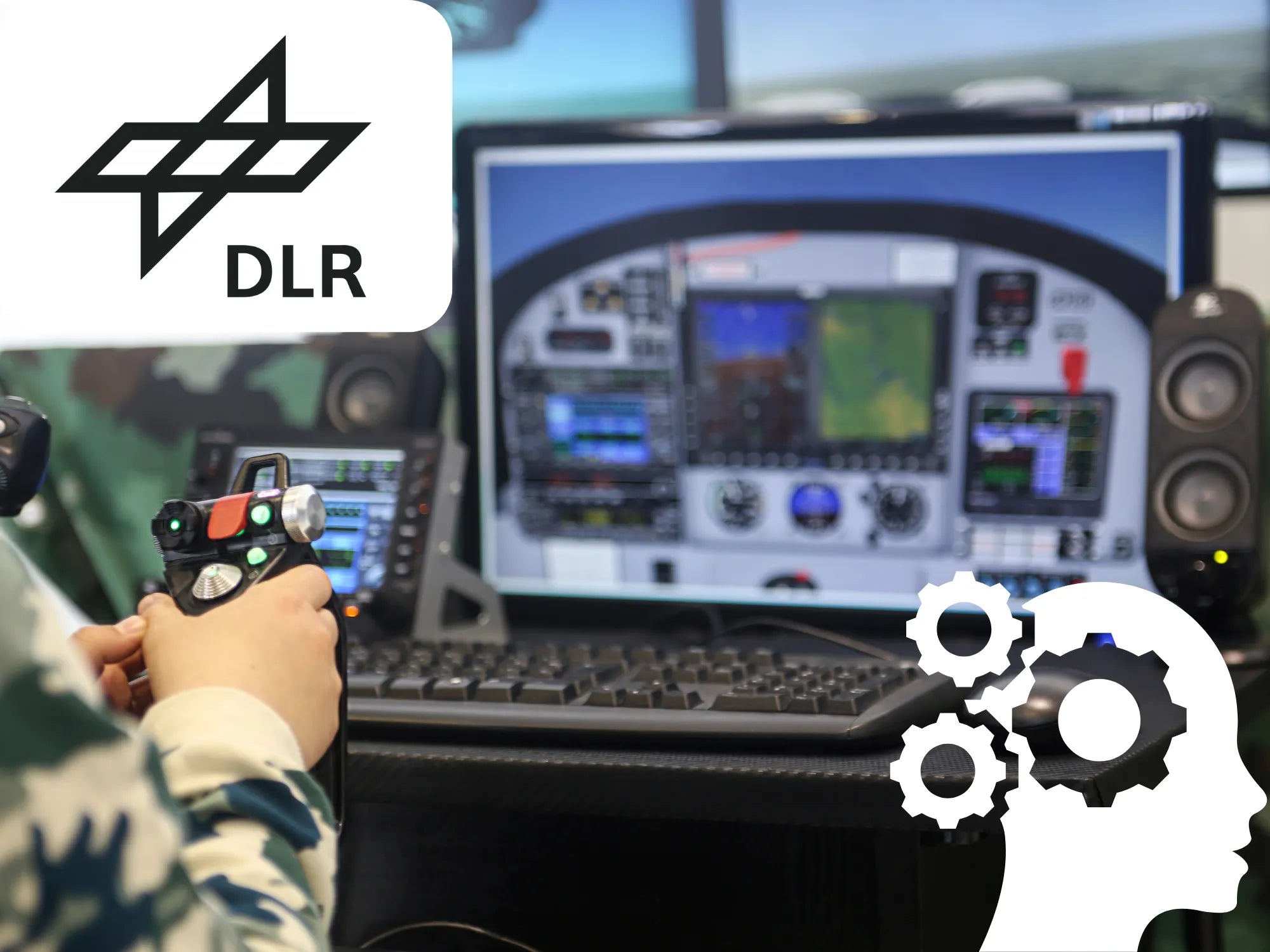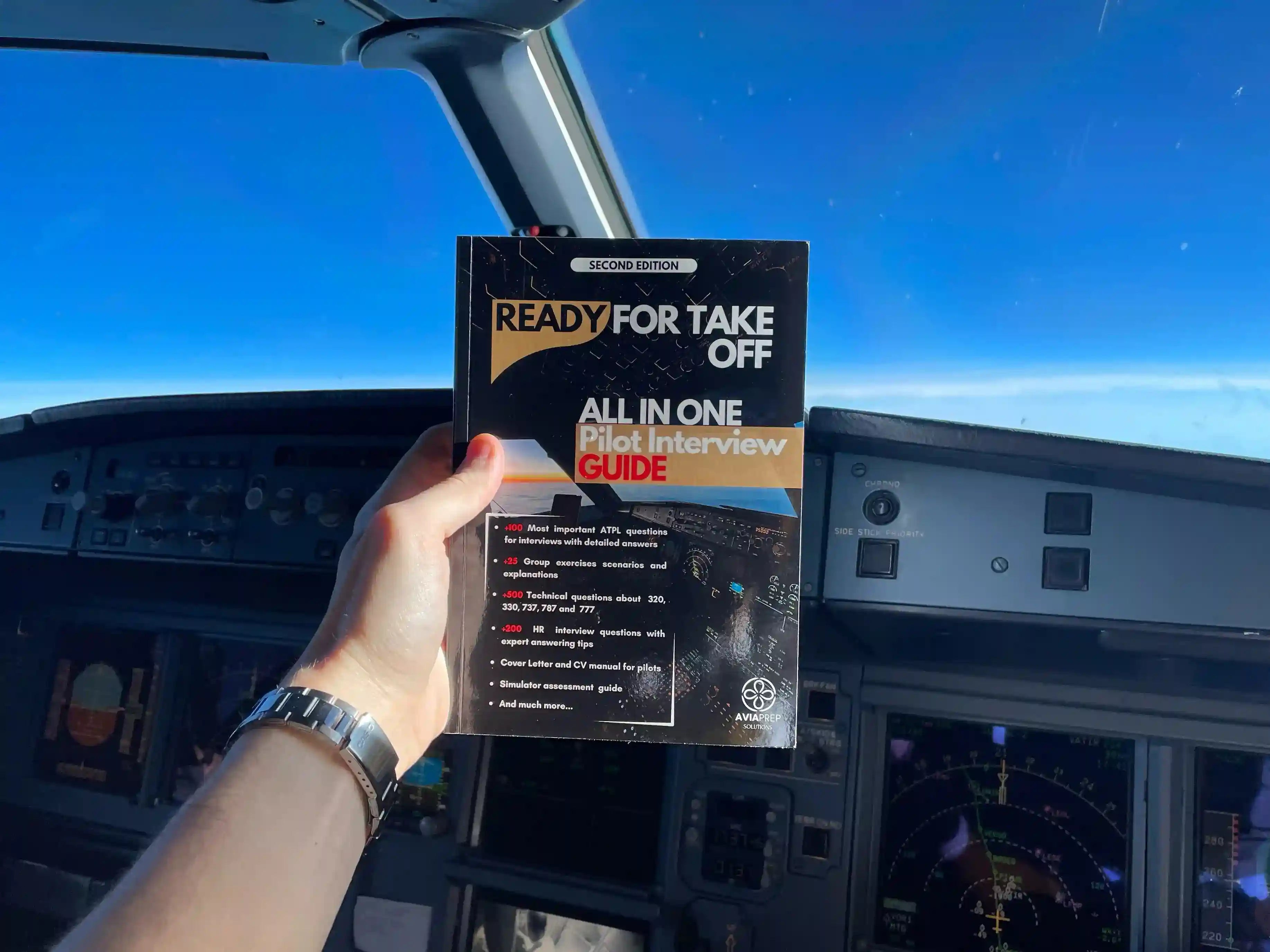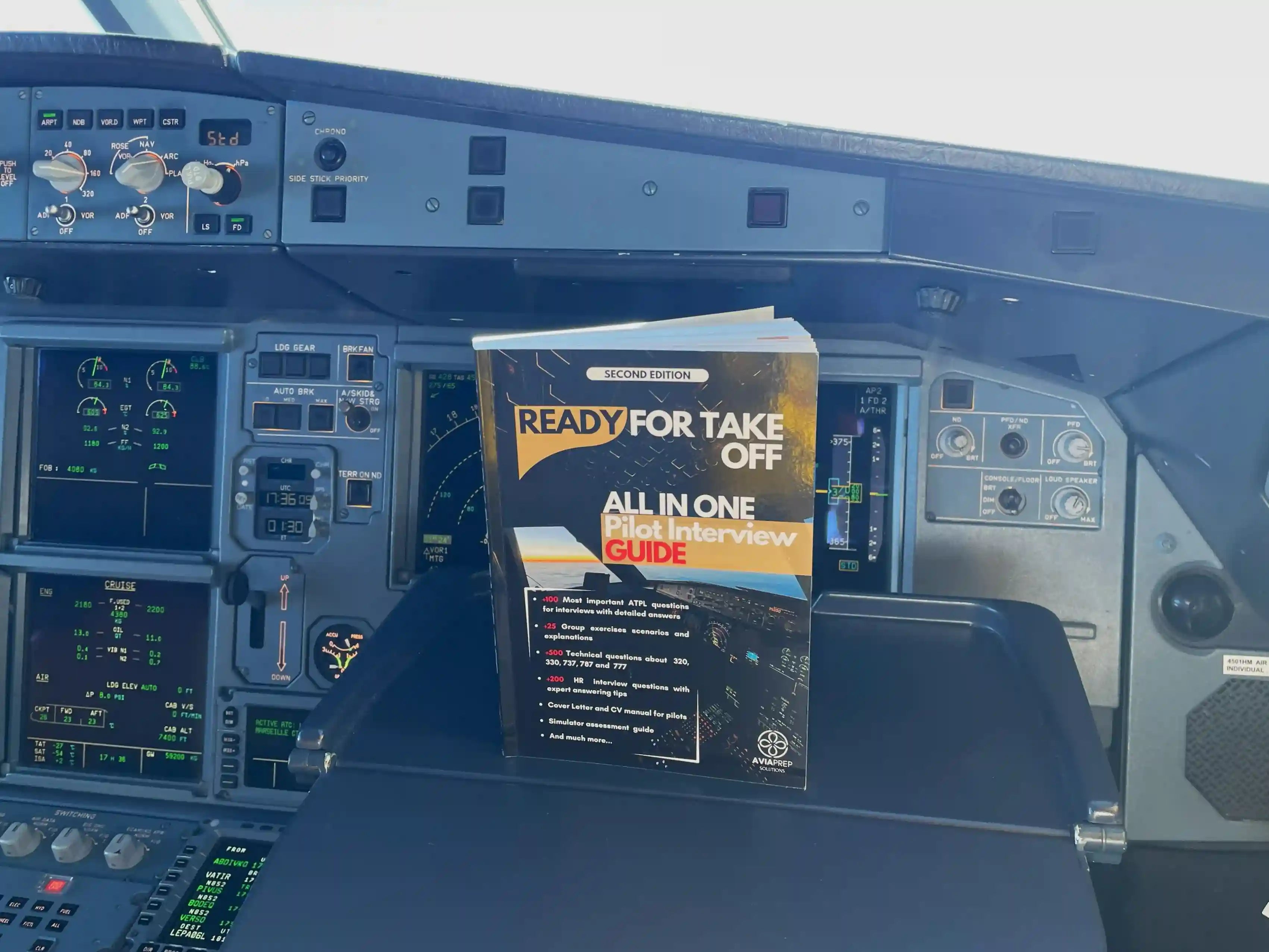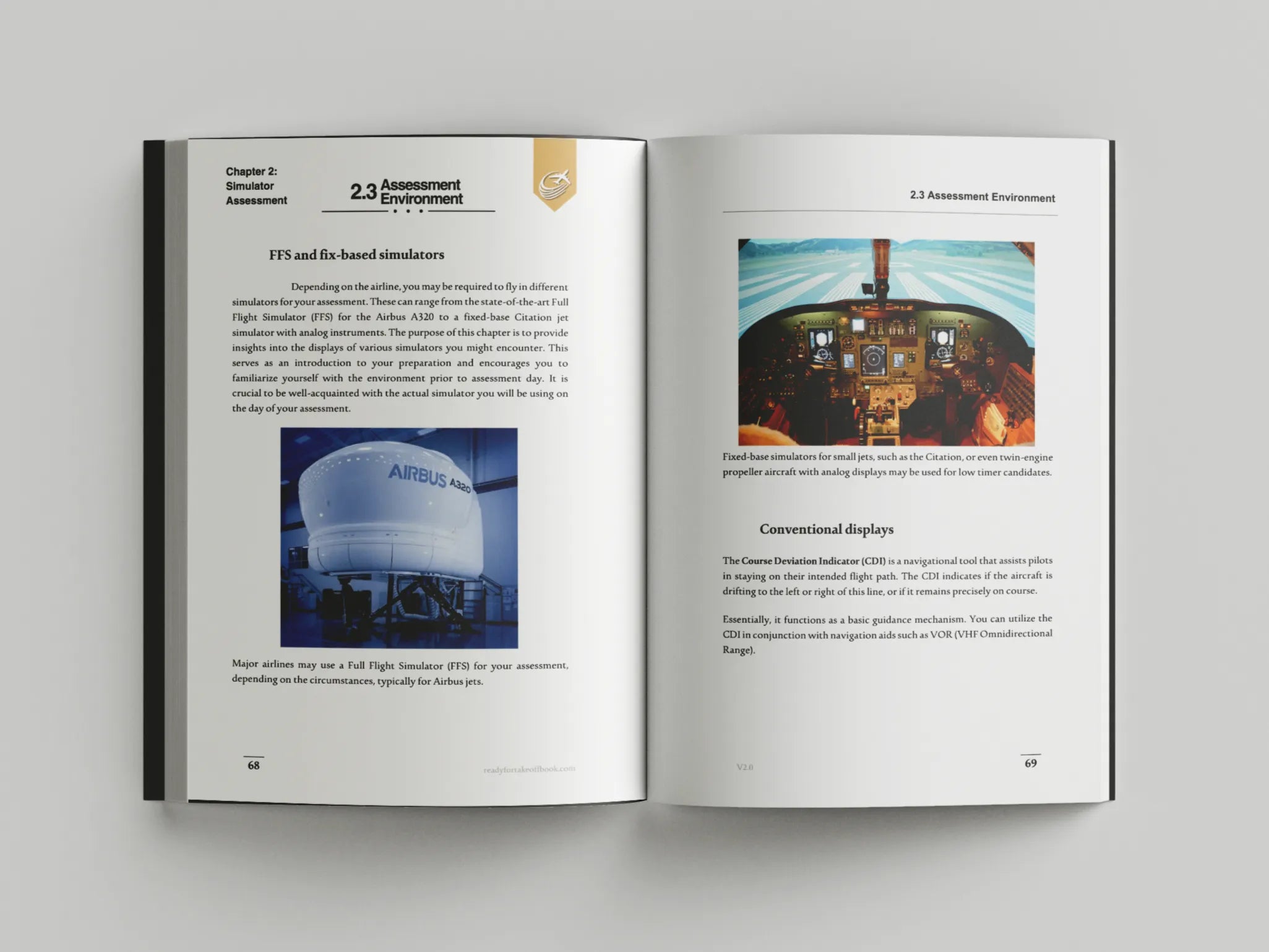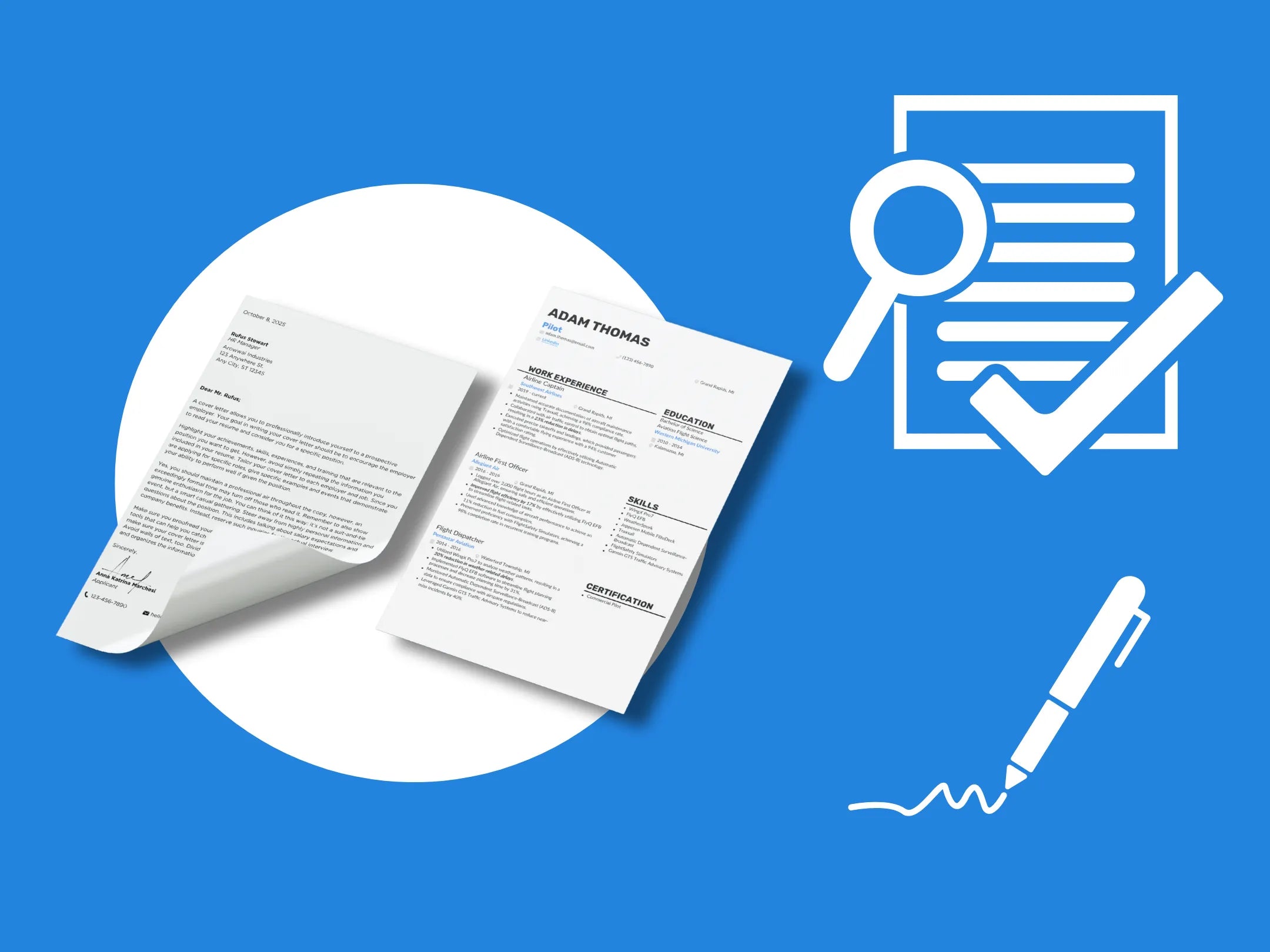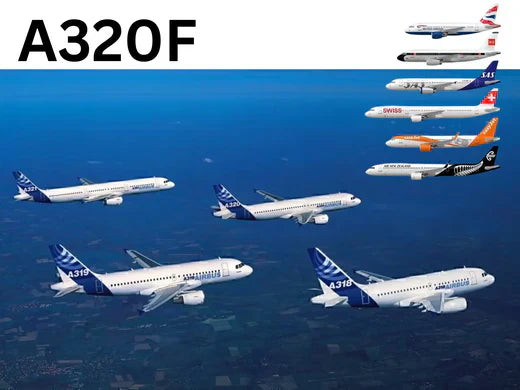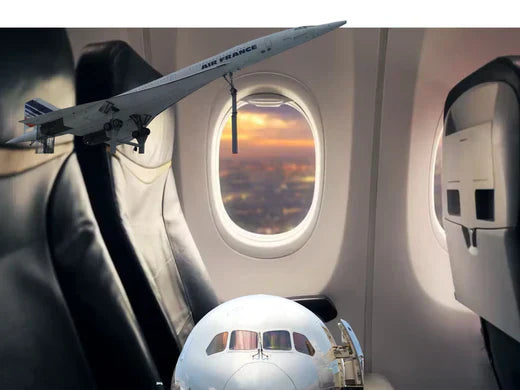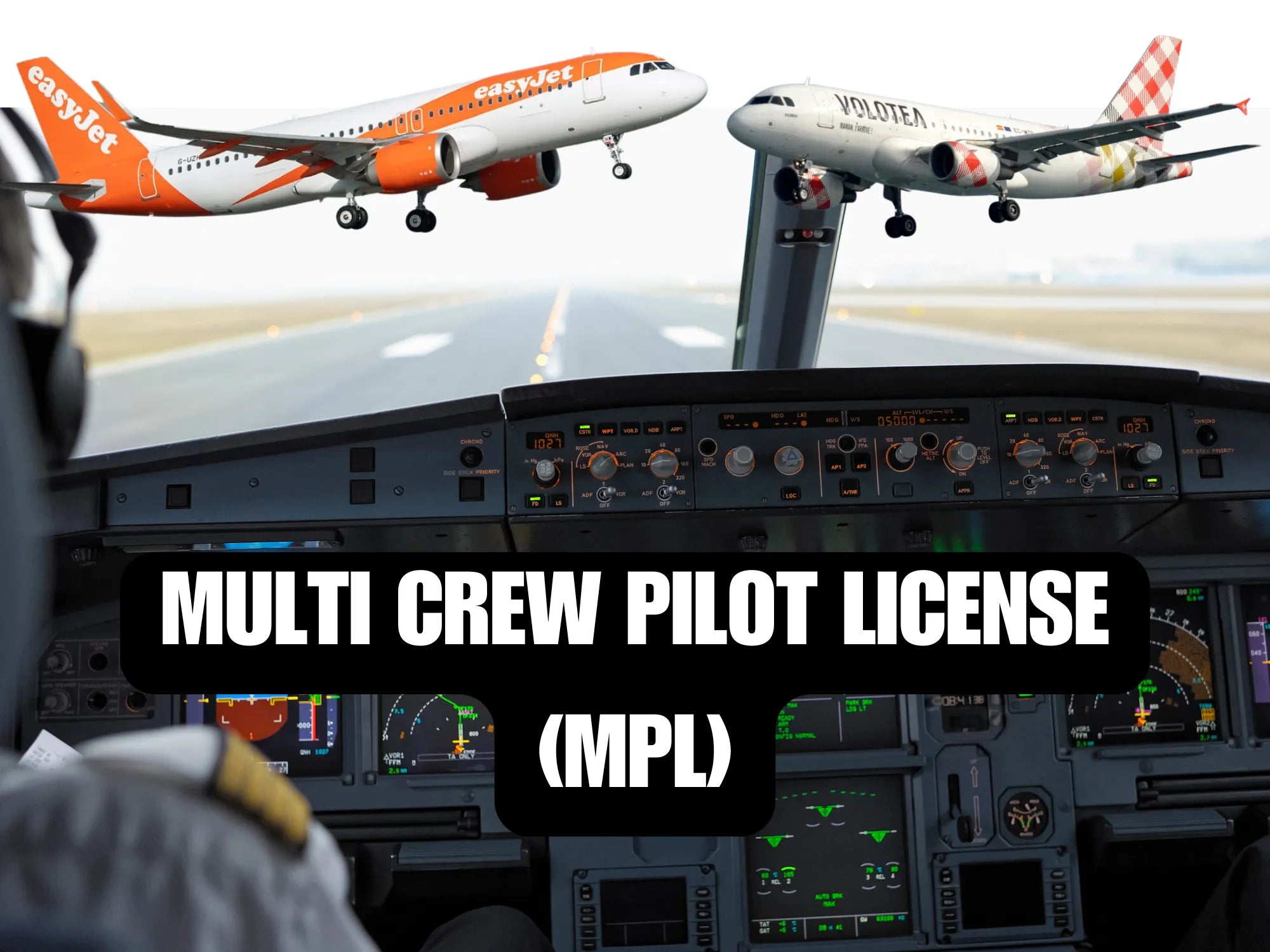Introduction
The DLR tests, developed by the German Aerospace Center (Deutsches Zentrum für Luft- und Raumfahrt or DLR), are a comprehensive series of assessments aimed at evaluating the aptitude, cognitive abilities, and psychological traits of candidates applying for various positions in aviation, including pilots. Renowned for their rigor and effectiveness, these tests play an important role in selecting suitable candidates for these demanding jobs.
Overview of DLR Test Components
The DLR tests consist of several components designed to assess different traits of a candidate's abilities:
- Cognitive and Aptitude Tests
- Psychomotor Skills Assessment
- Personality and Psychological Evaluations
- Group Exercises and Interviews
A test used and recognised by major airlines
The DLR tests are widely recognized and utilized by many leading airlines across the globe. In Europe, leading carriers such as Lufthansa, Swiss International Air Lines, and Austrian Airlines have integrated the DLR tests into their recruitment protocols.
Beyond Europe, other airlines, including Turkish Airlines, have incorporated the DLR tests into their pilot selection processes.
These airlines may use the DLR tests either in their entirety or selectively, depending on their specific requirements. For example, some airlines may focus more on the cognitive and psychomotor sections to assess technical skills, while others may emphasize psychological evaluations.
Cognitive and Aptitude Tests
Mathematical Reasoning
Purpose: To assess numerical and logical problem-solving abilities.
Content: Candidates solve complex mathematical problems, interpret graphs, and analyze data quickly and accurately.
Spatial Orientation
Purpose: To evaluate the ability to understand and manipulate spatial information.
Content: Tasks involve 3D object rotation, identifying patterns, or navigating through a virtual environment.
Memory and Concentration
Purpose: To test short-term memory and the ability to maintain focus over extended periods.
Content: Exercises include memorizing sequences of numbers, letters, or patterns and recalling them after a distraction.
Technical Comprehension
Purpose: To assess understanding of basic physical and mechanical principles.
Content: Questions involve interpreting technical diagrams or solving physics-based problems.
Psychomotor Skills Assessment
Hand-Eye Coordination
Purpose: To evaluate coordination and precision.
Content: Tasks include using joysticks or other control devices to perform specific actions, such as keeping a cursor within a moving target.
Reaction Time
Purpose: To measure how quickly a candidate can respond to stimuli.
Content: Tests involve pressing a button as quickly as possible in response to visual or auditory signals.
Personality and Psychological Evaluations
Personality Tests
Purpose: To understand the candidate’s personality traits and their suitability for a high-stress environment.
Content: Assessments include questions designed to reveal characteristics such as conscientiousness, openness to experience, emotional stability, and niceness.
Stress Tolerance
Purpose: To evaluate how candidates handle stress and pressure.
Content: Simulated scenarios or direct questions assess stress management and coping mechanisms.
Group Exercises and Interviews
Group Exercises
Purpose: To observe interpersonal skills, teamwork, and leadership abilities.
Content: Candidates are placed in groups and given a problem to solve together, allowing evaluators to see how they communicate, collaborate, and lead or follow in a team setting.
Interviews
Purpose: To gain deeper insights into the candidate’s motivations, background, and suitability for the role.
Content: Structured interviews where candidates answer questions about their experience, motivations, and hypothetical situations they might encounter in their role.
Detailed Breakdown of Key Tests
Mathematical Reasoning
Mathematical reasoning tests in the DLR suite typically involve solving algebraic equations, interpreting data from graphs and tables, and handling word problems that require mathematical solutions. This section measures a candidate's numerical literacy and logical thinking under time constraints, reflecting the rapid decision-making required in aviation scenarios.
Spatial Orientation
Spatial orientation tests challenge candidates to understand and visualize spatial relationships. For instance, they might be presented with a series of 3D shapes and asked to identify how these shapes would look from different angles. This skill is crucial for pilots who need to navigate in three-dimensional space and understand the orientation of their aircraft relative to other objects.
Memory and Concentration
Memory tests often involve a sequence of numbers, letters, or symbols displayed briefly on a screen, followed by tasks that distract the candidate before requiring them to recall the sequence. This assesses both short-term memory and the ability to maintain concentration despite interruptions—an essential skill for managing multiple tasks and retaining important information during flights.
Technical Comprehension
These tests include questions about basic principles of physics, such as mechanics, electricity, and thermodynamics. For example, candidates might be asked to interpret a diagram showing a simple electrical circuit or explain the forces acting on an aircraft during various maneuvers.
Hand-Eye Coordination and Reaction Time
Hand-eye coordination tests might involve using a joystick to keep a cursor aligned with a moving target on a screen. Reaction time tests could require pressing a button as soon as a light appears or a sound is heard.
Personality and Psychological Evaluations
Personality tests used in the DLR assessments are designed to be comprehensive and scientifically validated. They typically include a mix of multiple-choice questions and situational judgment tests, where candidates choose how they would respond to hypothetical scenarios. The results help determine if the candidate possesses traits such as resilience, teamwork, and decisiveness, which are vital for a successful aviation career.
Conclusion
The DLR tests are a thorough evaluation system designed to identify the best candidates for aviation roles. By assessing cognitive abilities, psychomotor skills, personality traits, and teamwork abilities, these tests ensure that only the most capable and well-rounded individuals progress through the rigorous selection process. If you want tips on how to prepare for pilot intervew and DLR test, check our book. For aspiring pilots, understanding and preparing for each component of the DLR tests is crucial to achieving success in the schools or airlines that require them.



